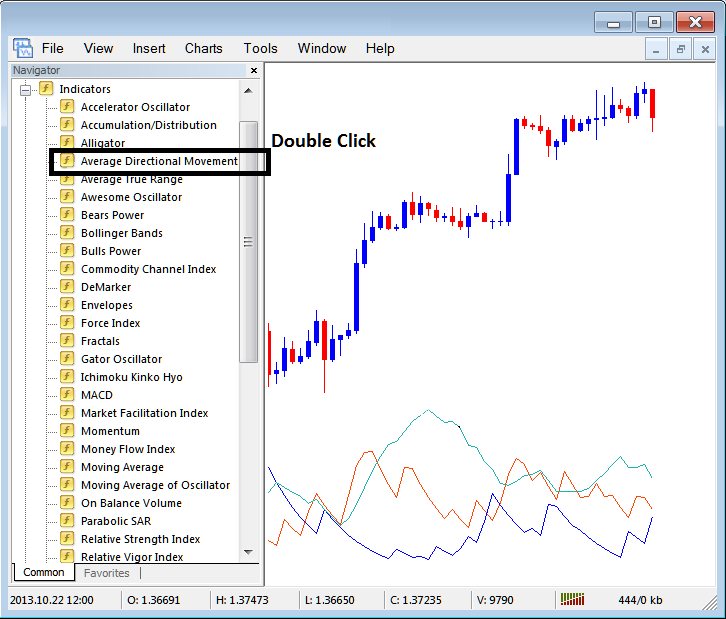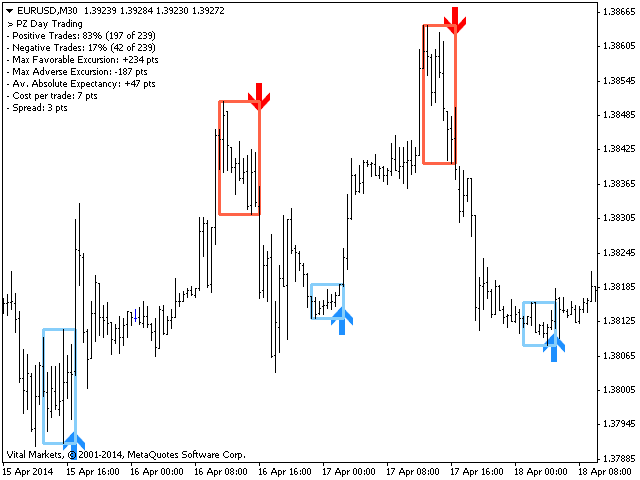Day Trading Technical Indicators
Post on: 20 Июнь, 2016 No Comment

Day trading technical indicators are the representation of mathematical formulae a day trader can use to decide when to do the trading. Forex day trading involves buying and selling of various currencies with the goal of making a profit from the difference between the buying price and the selling price within a day.
The day traders employ different strategies like short term scalping where positions are only held for a few seconds or minutes or longer term swing and position trading, when they hold the position for the whole trading day. For their trades they follow one or more day trading technical indicators or develop a strategy based on a combination of many such indicators.
A day trading technical indicator is a series of data points that can be derived by applying a formula to the price data. Price data includes any combination of the open, high, low, or close over a period of time.
Some technical indicators may use only the closing prices while others incorporate volume and open interest into their formulas. The price data is entered into the formula and a data point is produced, which in turn creates the indicator.
The list of day trading technical indicators is practically endless. There are Absolute Breadth Index, Bollinger Bands, Bull/Bear Ratio, Candlestick Charts, indicators based on Dow Theory or Elliot Wave Theory, Envelopes, Fibonacci Levels, MACD, Moving Averages, TRIX, Weighted Close, and many more. All these can be used as a day trading technical indicators with slight or no modifications.
For example, the absolute breadth index or ABI is a market momentum indicator which shows the activity, volatility, and change taking place in the market without paying attention to the direction of the prices. High readings implicate active markets. As a day trading technical indicator, it can predict future direction if combined with other indicators.

Bollinger Bands on the other hand are a kind of moving average envelope. It exist at standard deviation levels above and below the moving average and generally stay within the upper and lower bands. As a day trading technical indicators, it predicts the future market movements. Fibonacci numbers with 4 theories — arcs, fans, retracements, and time zones, which highlight reversals in trends.
Day trading technical indicators has three functionsto alert, to confirm and to predict. So a trader can never miss a trading opportunity or run into loss if he or she can use the indicators judiciously.
The best approach will be to develop a strategy based on more than one indicator. Learning how to use these indicators is more of an art than a science. Through careful study and analysis, a day trading technical indicator can be developed over time, but they can never be full proof.














